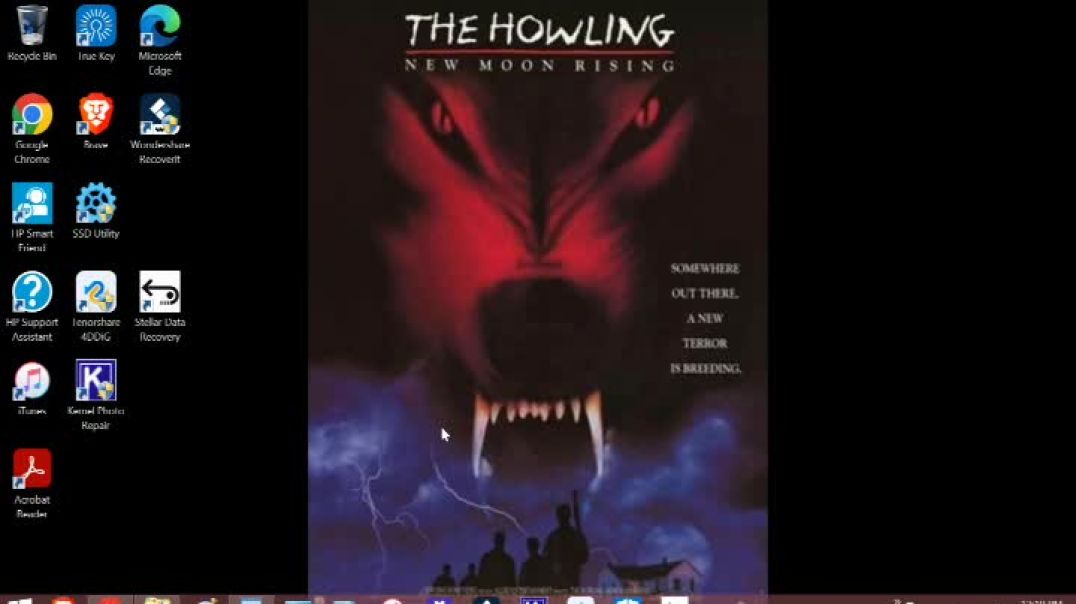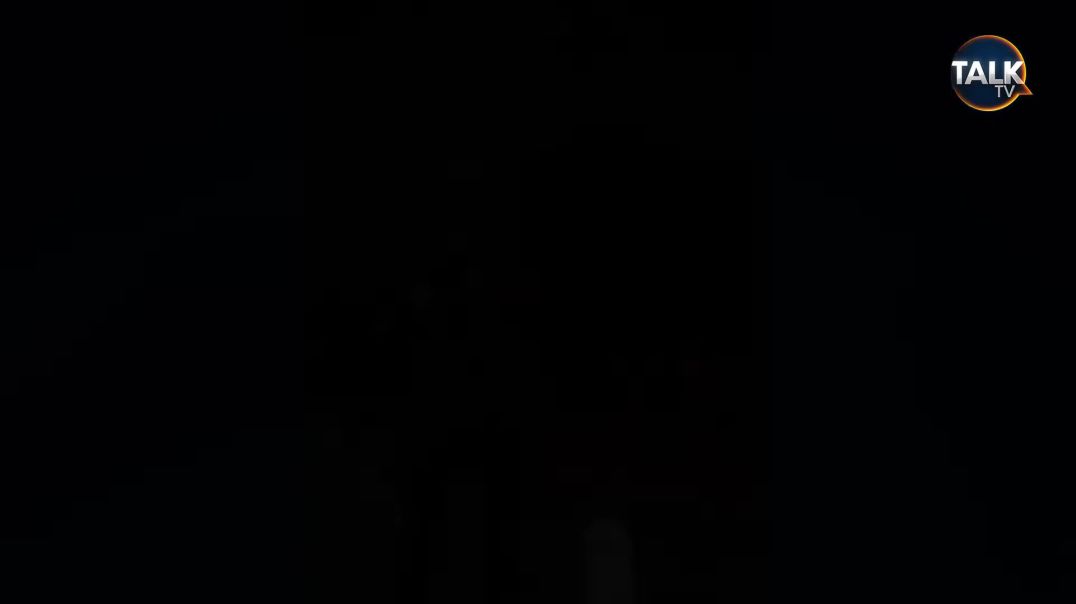close
Dear Creators, we are proud to announce an amazing affiliate program for you to earn some serious and continual cash. Read about our affiliate progarm here.
Caros criadores, temos o orgulho de anunciar um incrível programa de afiliados para vocês ganharem muito dinheiro de forma contínua. Leia sobre nosso programa de afiliados aqui.
Moon plus Telescope plus Camera
31 Views
• 02/19/22
2
0
Embed
Download























SORT BY-
Top Comments
-
Latest comments
The art of lining up the lenses, focusing, the effects of strong winds on the ground and right up through the atmosphere. The ubiquitious Ebay $55 spotting scope is quite a remarkable instrument. The comes issues of the steadyness of the mounts and decent camera mounting. For a basic lunar telescope - these are pretty good and far better than nothing. BUT for planetary observations, much more powerful magnification and rock solid mounts are needed.
https://telescopenights.com/ma....rs-through-telescope
How Powerful Of A Telescope Do You Need To See Mars?
Looking for a telescope to view Mars with enough power to see its surface features? Telescopes of apertures of 5 inch upwards to 8 inch in a reflector telescope are ideal to see surface color, polar caps, and noticeable dark features of Mars (as well as the moons and bands of Jupiter, and rings of Saturn).
Mars through 8 inch telescope will give you great views but don’t be too disappointed if you have something smaller. You should still see major dark surface areas and polar caps of Mars with a 3 – 5″ aperture.
If you are wanting to see clouds you are going to a need an 8 inch reflector and upwards to 14 inch, which isn’t the most practical.
Guide on the webpage.......
The above is a guide that includes what you are likely to see of Mars through telescope observations based on aperture size. What you actually see, however, will depend on a few variables, including light pollution, quality of optics, and atmospheric conditions.
You may be wondering about power (magnification).
Magnification Of Telescope To See Mars’ Features
Magnification is how much a telescope enlarges its subject. You get this based on the focal length of the telescope and that of the eyepiece you’re using.
Magnification = telescope’s focal length ÷ the eyepiece’s focal length.
Mars is a small object and contrast is not an issue so you can go full throttle with the magnification.
This means use the highest useful magnification of your telescope.
As a guide, you can easily work out this maximum useful magnification from the aperture size…
It is expected somewhere within 50× the aperture in inches (or 2× the aperture in mm) of the aperture. Be aware that this is the optimal amount and the amount decreases with declining atmospherice conditions. So include a bit of leeway in this case and try for 25x to 30x the aperture size.
I cover more on this in My Best Telescope For Viewing Planets Buyer’s Guide.
So the power of a telescope to see Mars’ surface depends on the aperture size of your telescope as well as the eyepieces and focal length of your scope. I hope this helps.
FAQs
Can You See Mars Without A Telescope?
Yes, you can see Mars at night without a telescope. It appears as a bright star with a reddish tinge. But you’ll need a telescope to see any features of Mars surface (or at least a suitable set of binoculars).
Just How Big Is Mars?
The visual included above shows the size of Mars with respect to Earth. It is about half the size of Earth.
Does Mars Have Rings Yes Or No?
No, unlike Saturn, Mars is ringless.
Can I See Mars Through Binoculars?
Yes, you can see Mars through binoculars for astronomy. To find out more see my article about selecting the best astronomy binoculars. I also cover tips about using binoculars for astronomy.
In Closing
The red planet, Mars, is a close neighbor to Earth. You don’t need a telescope to view Mars. Visible with the naked eye, Mars appears like a star with a reddish tinge in the night sky. Viewing Mars through a telescope, however, reveals its reddish surface marked by dark regions and if you time it right, you may see at least one white polar cap.
https://telescopenights.com/wp....-content/uploads/202
3 years ago
I have neither a telescope nor a pro model phone. I took these earlier this morning;
https://i.imgur.com/9kgoars.jpg
https://i.imgur.com/TXWs5jw.jpg
3 years ago
3 years ago
3 years ago
3 years ago
3 years ago
3 years ago
3 years ago